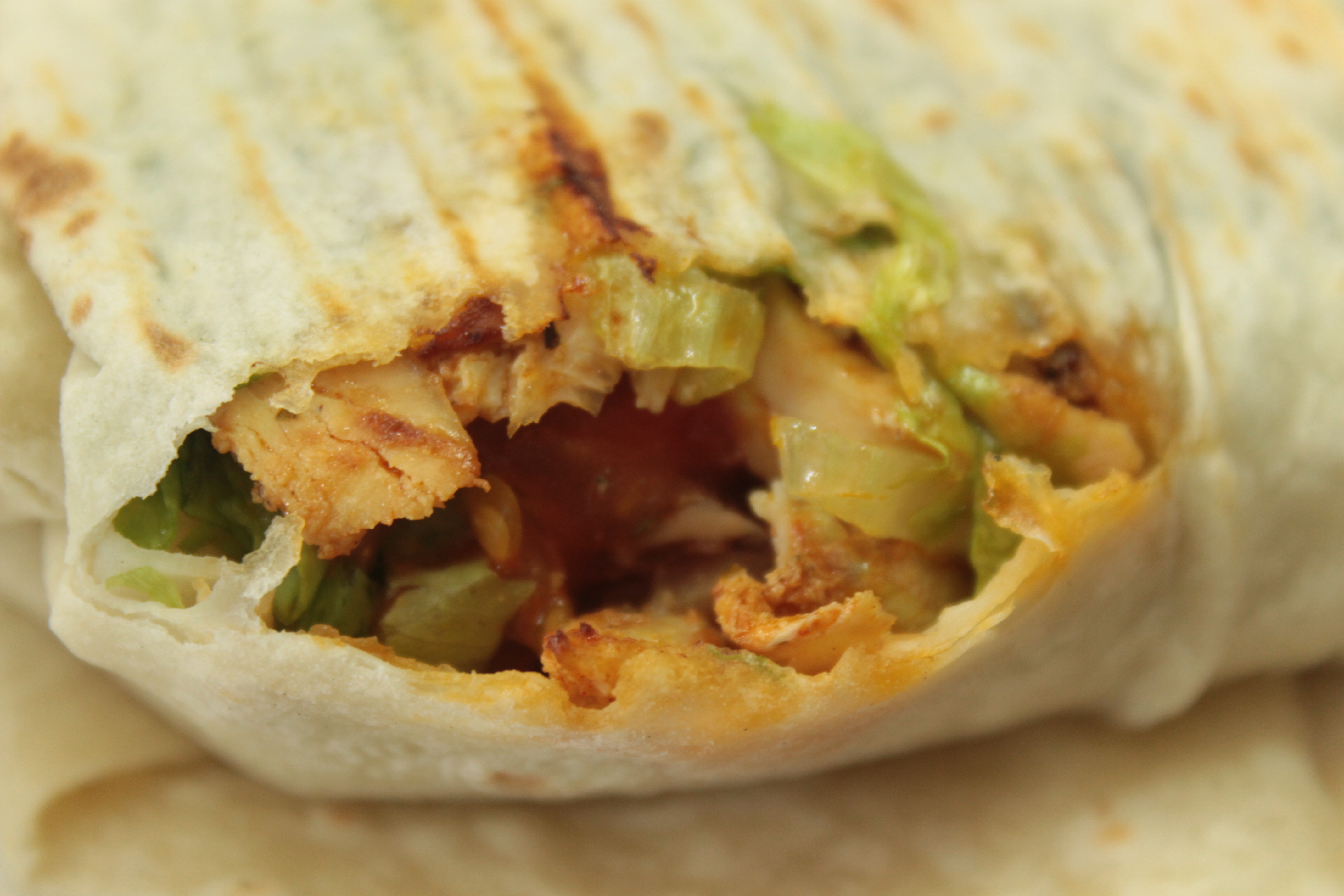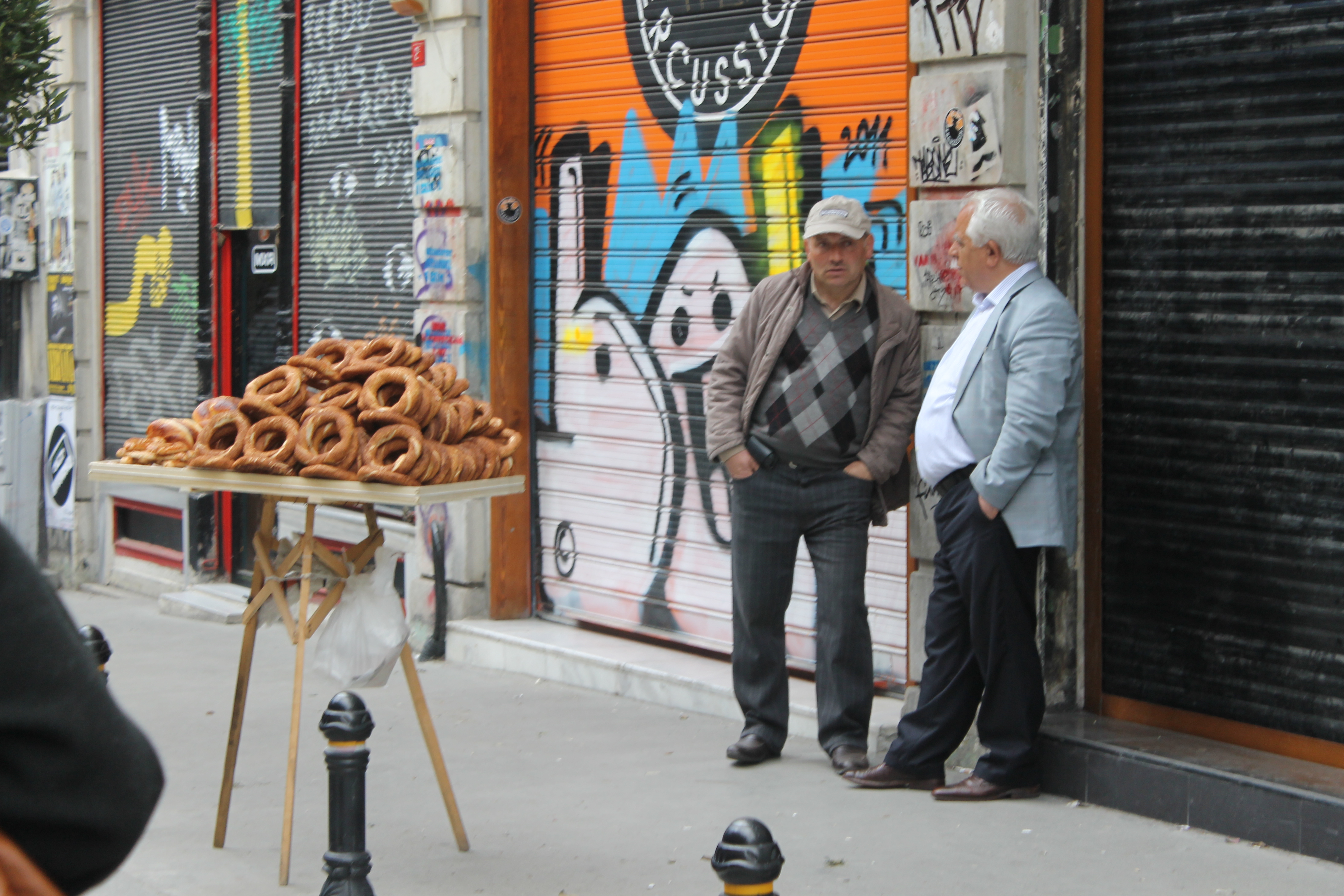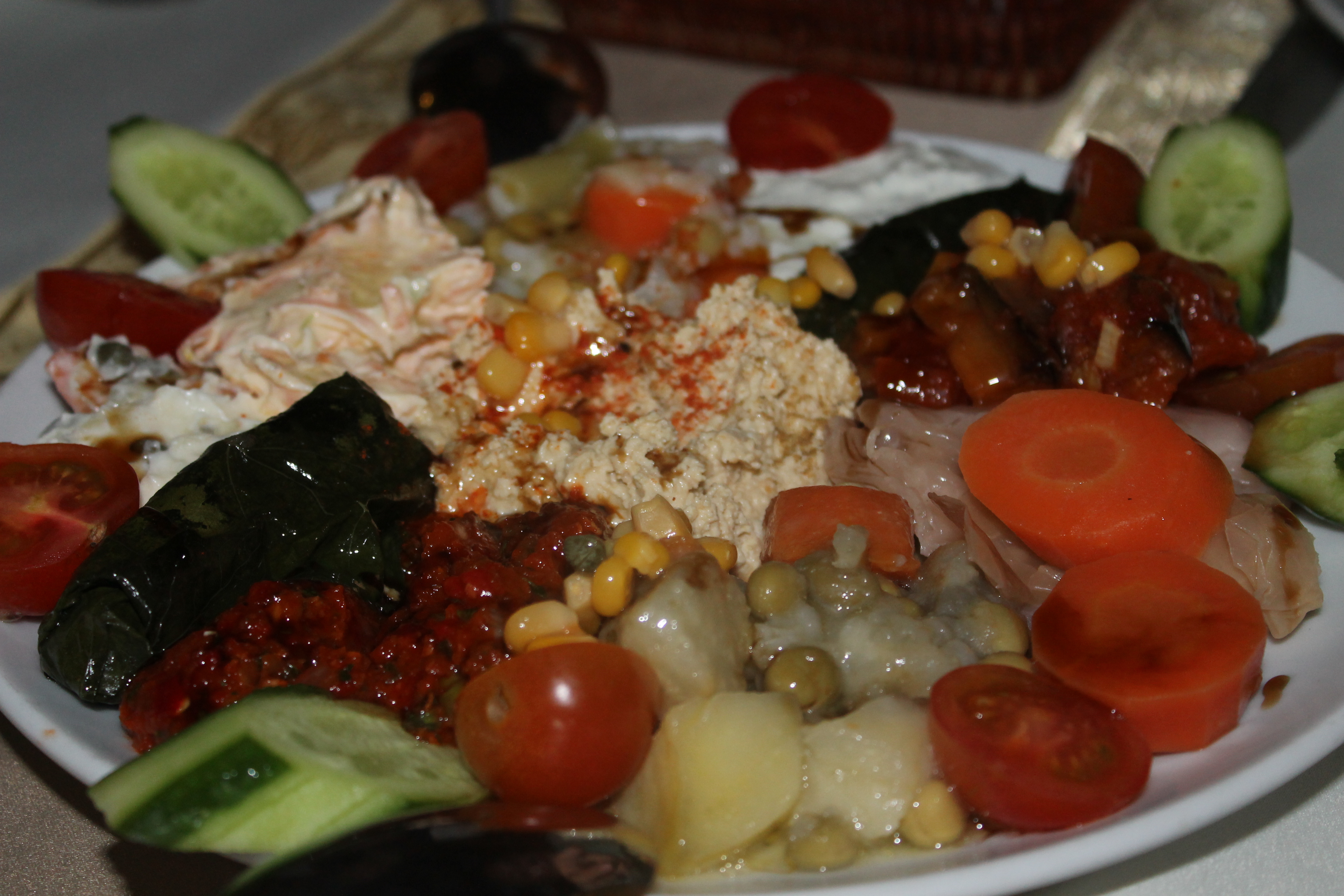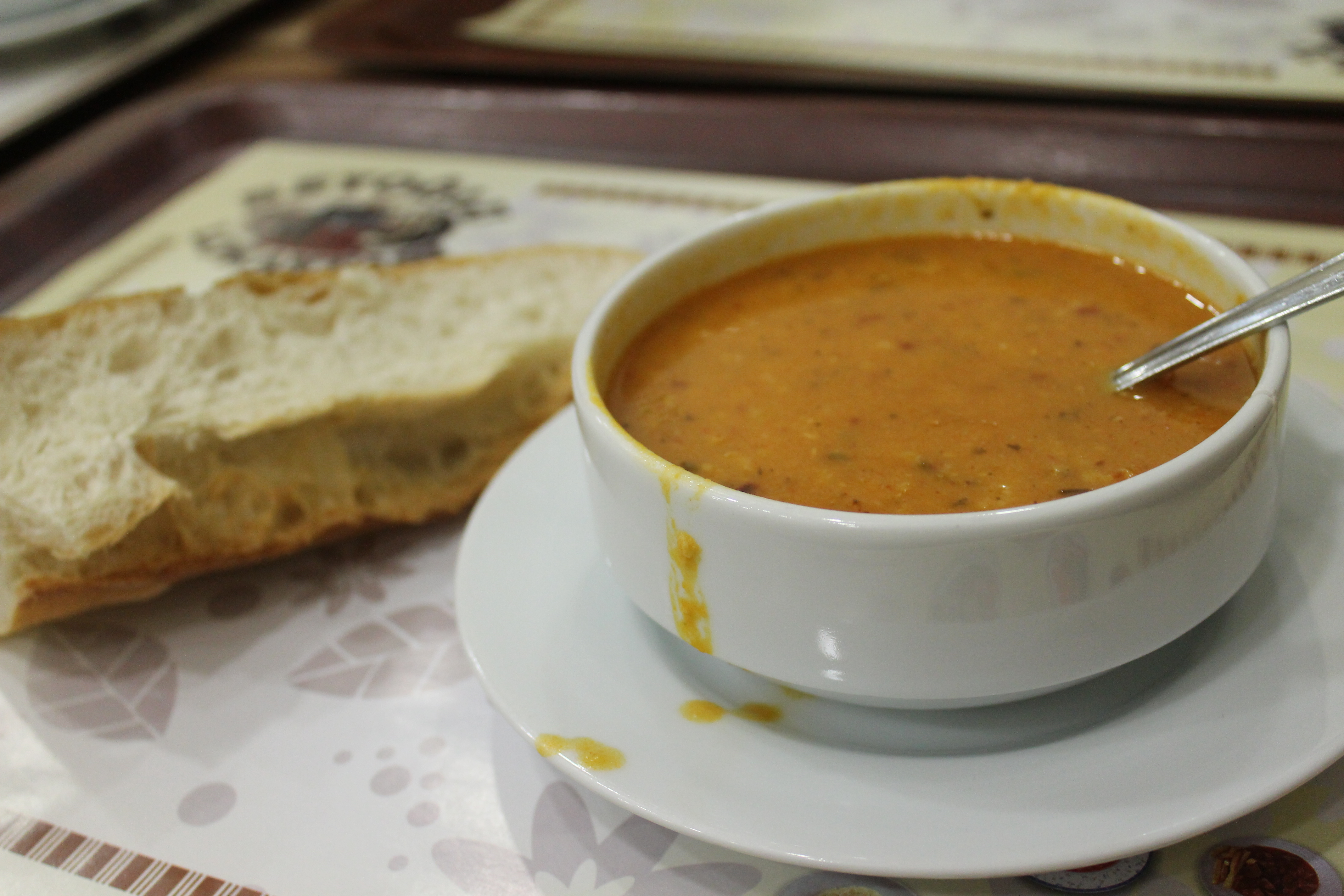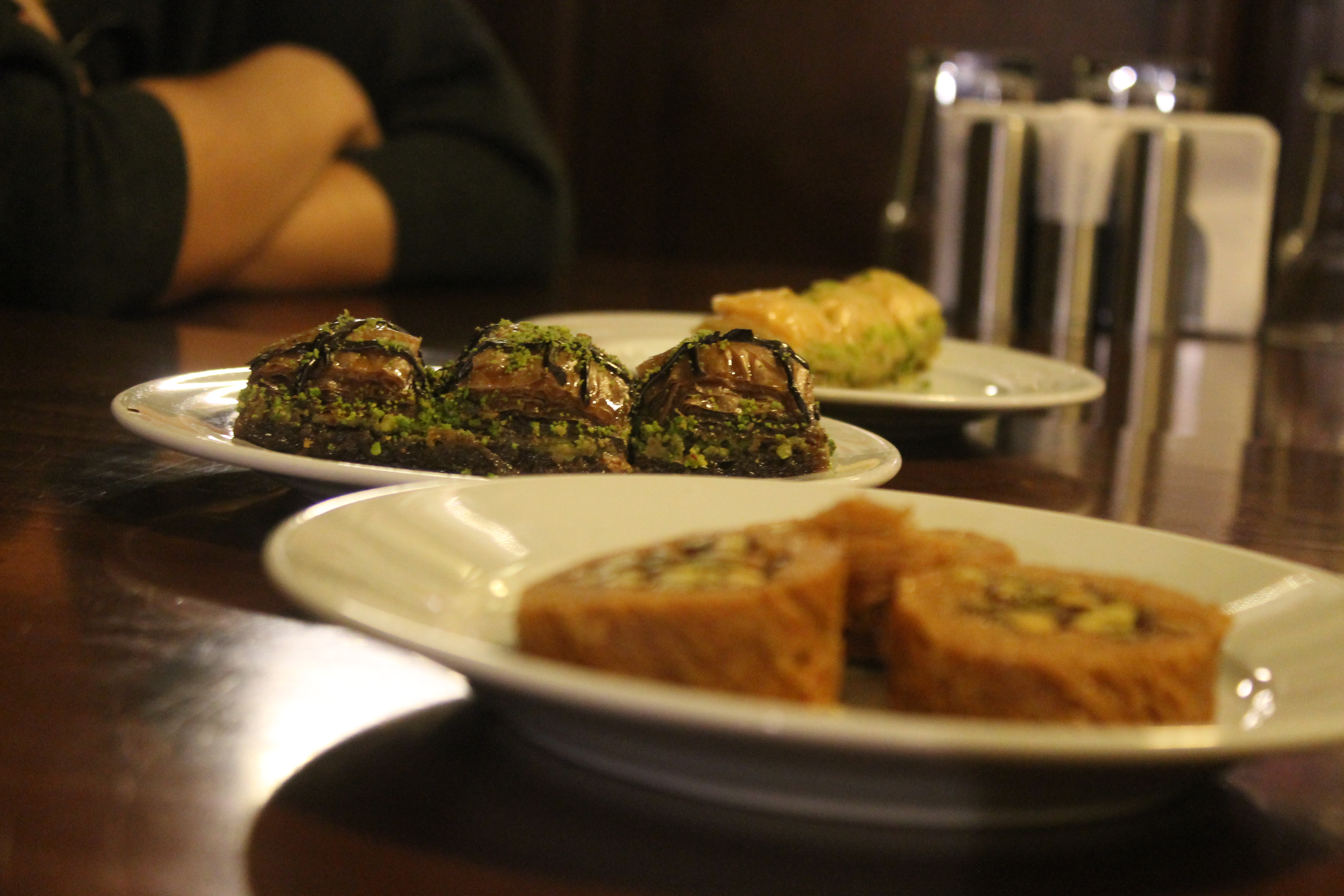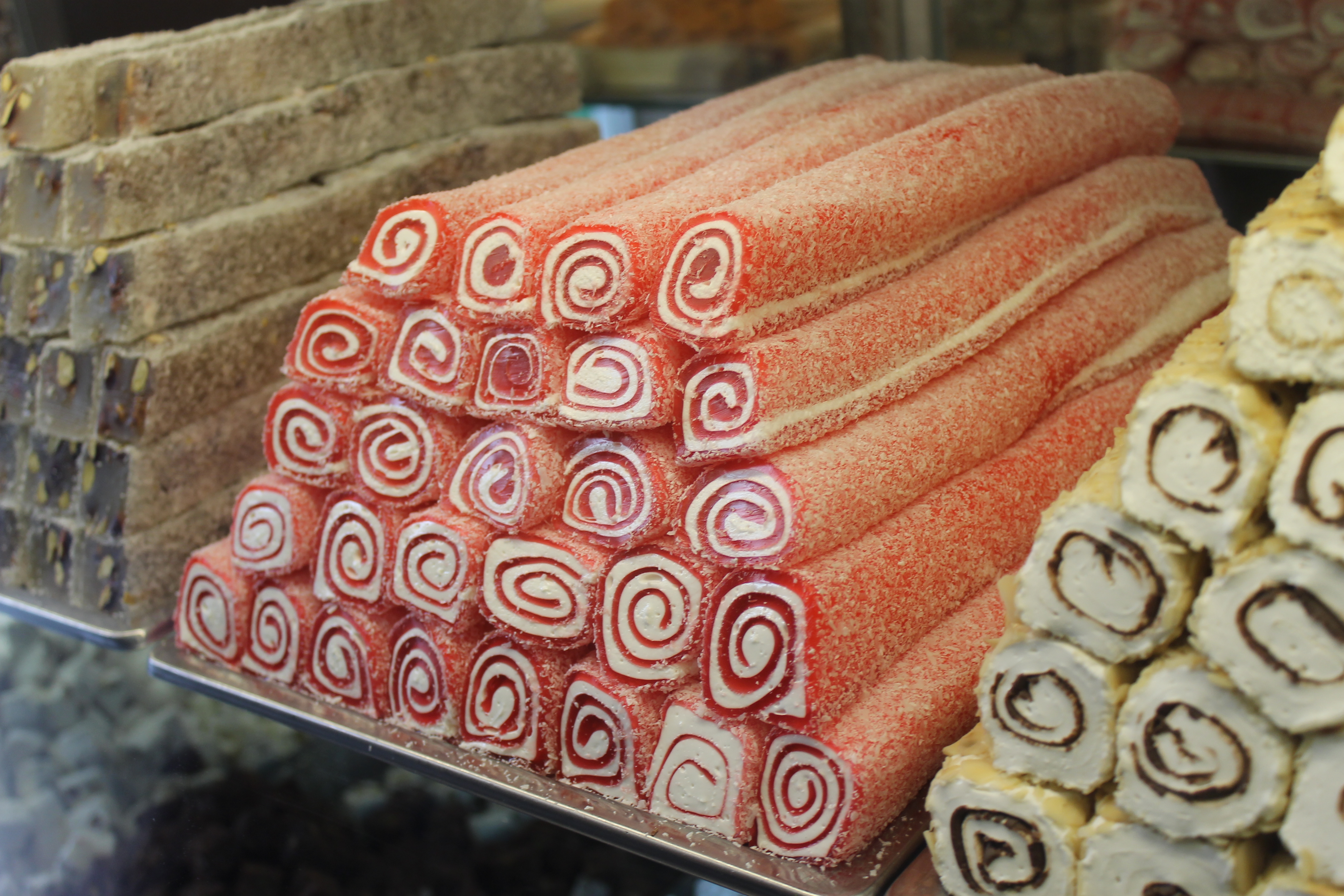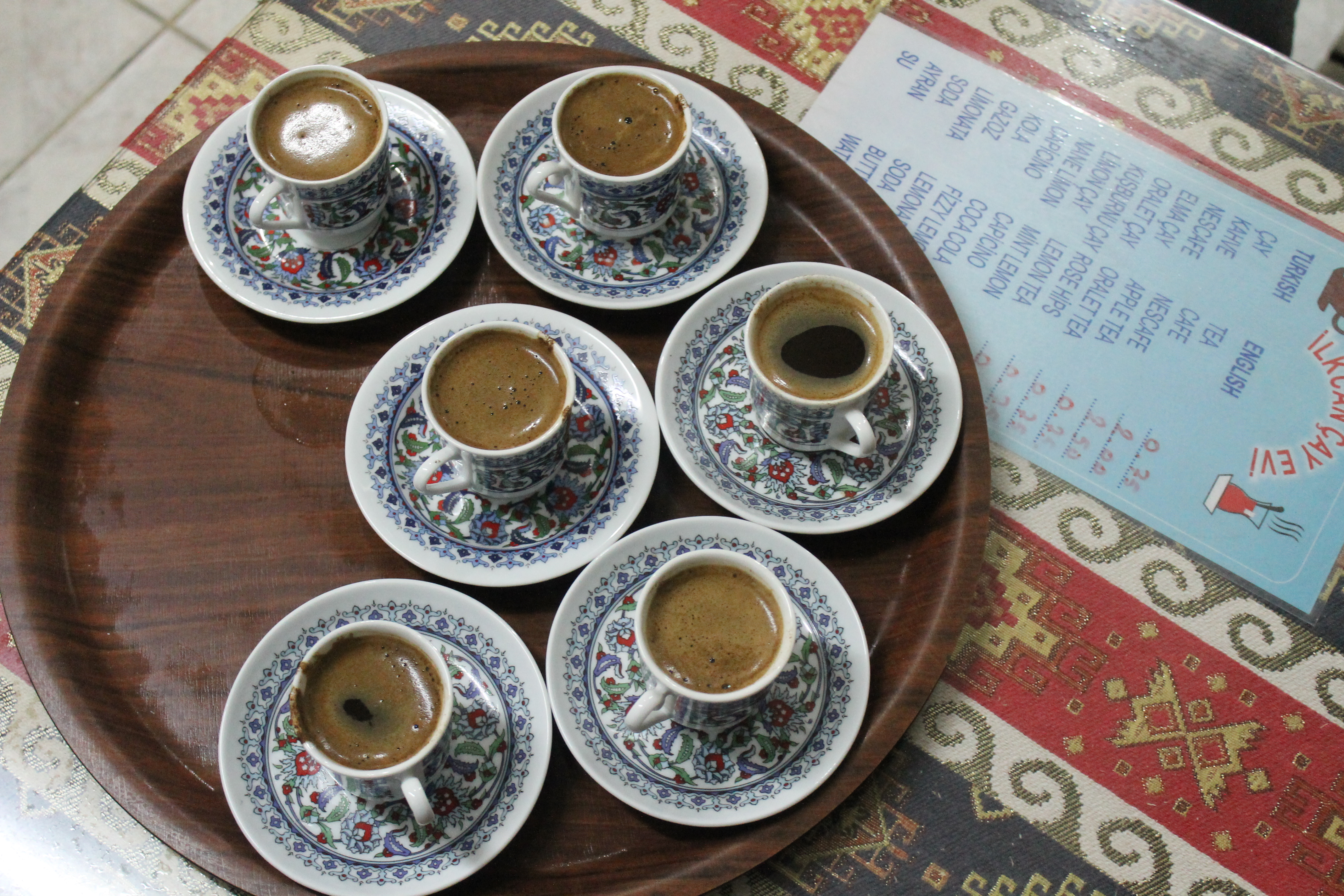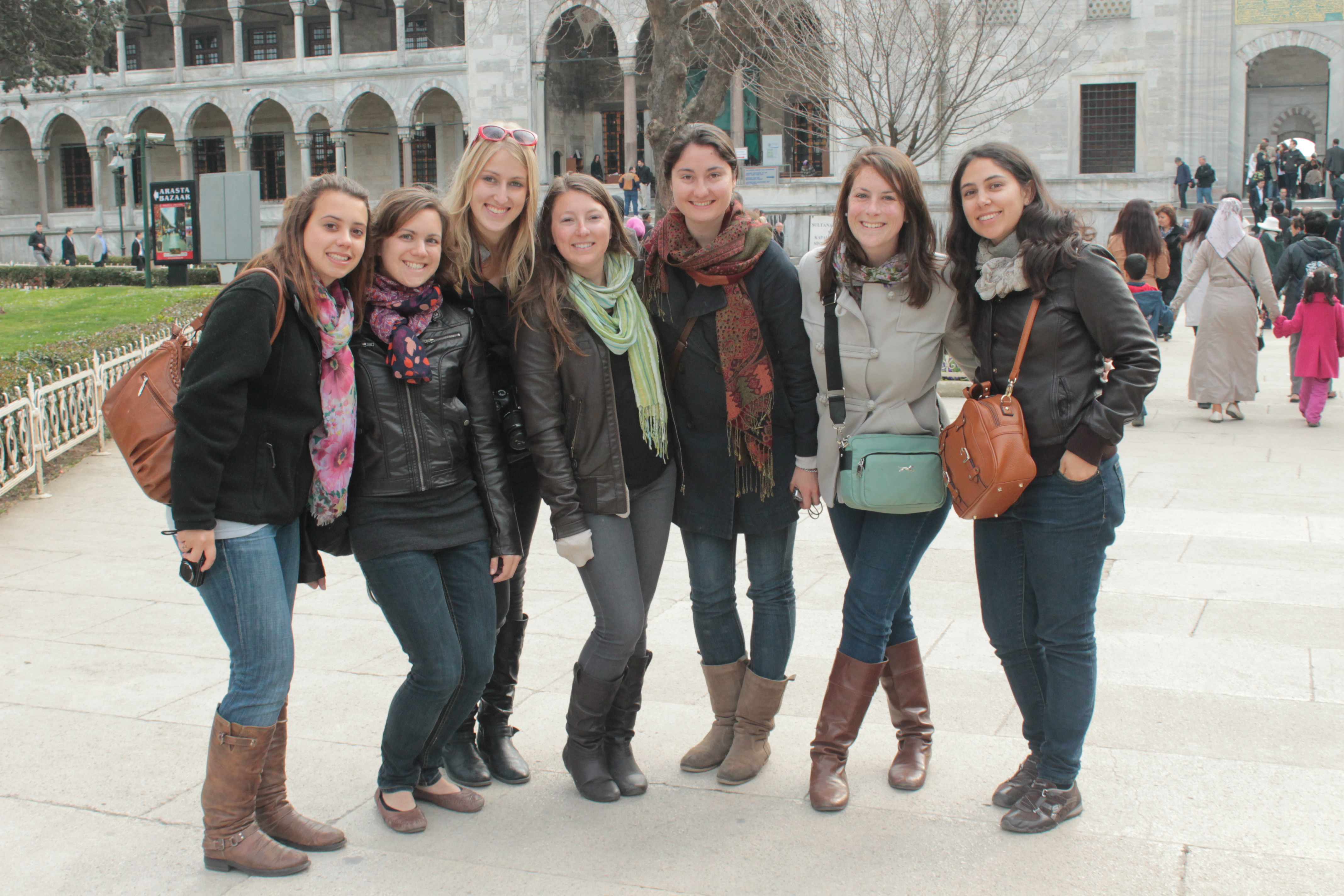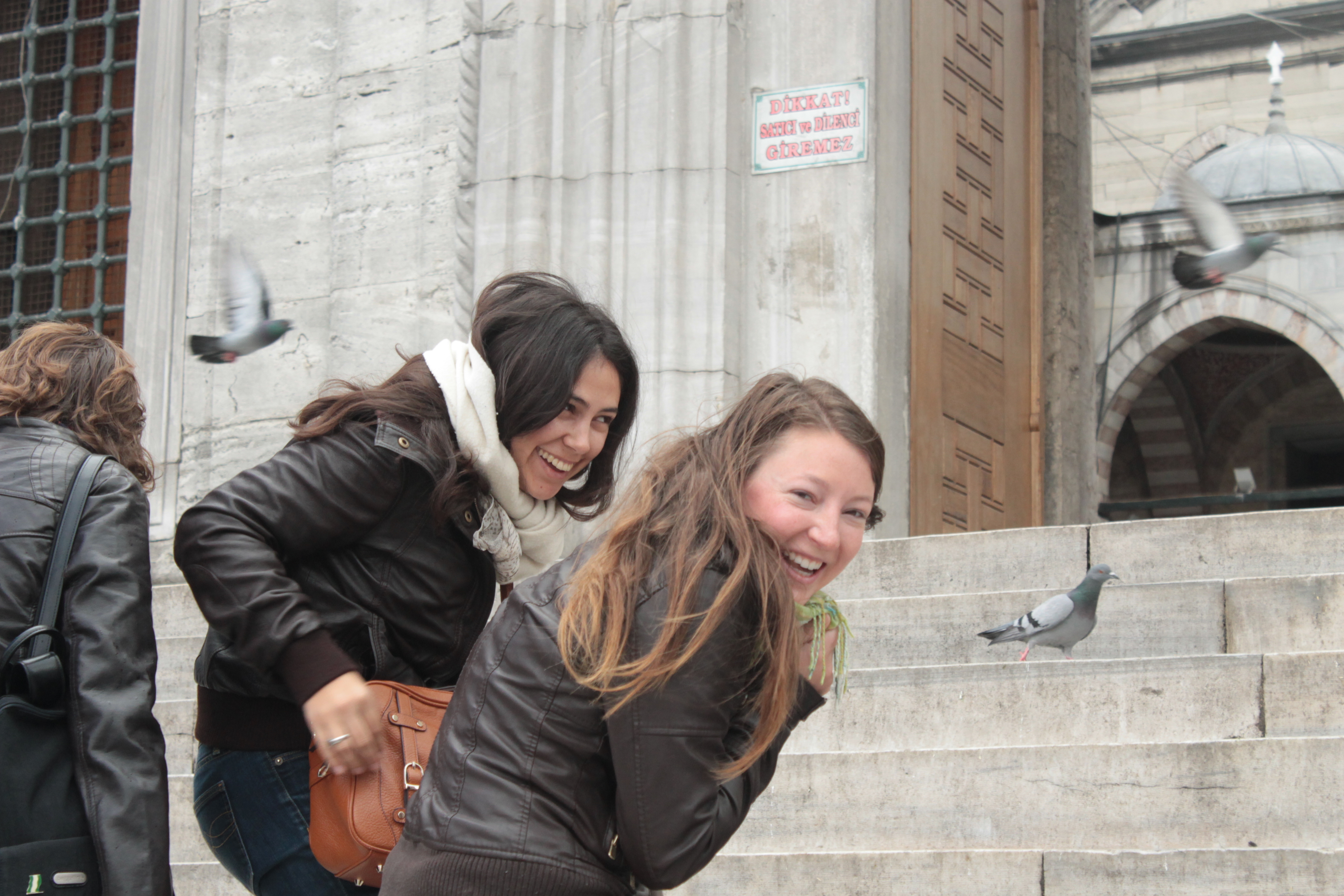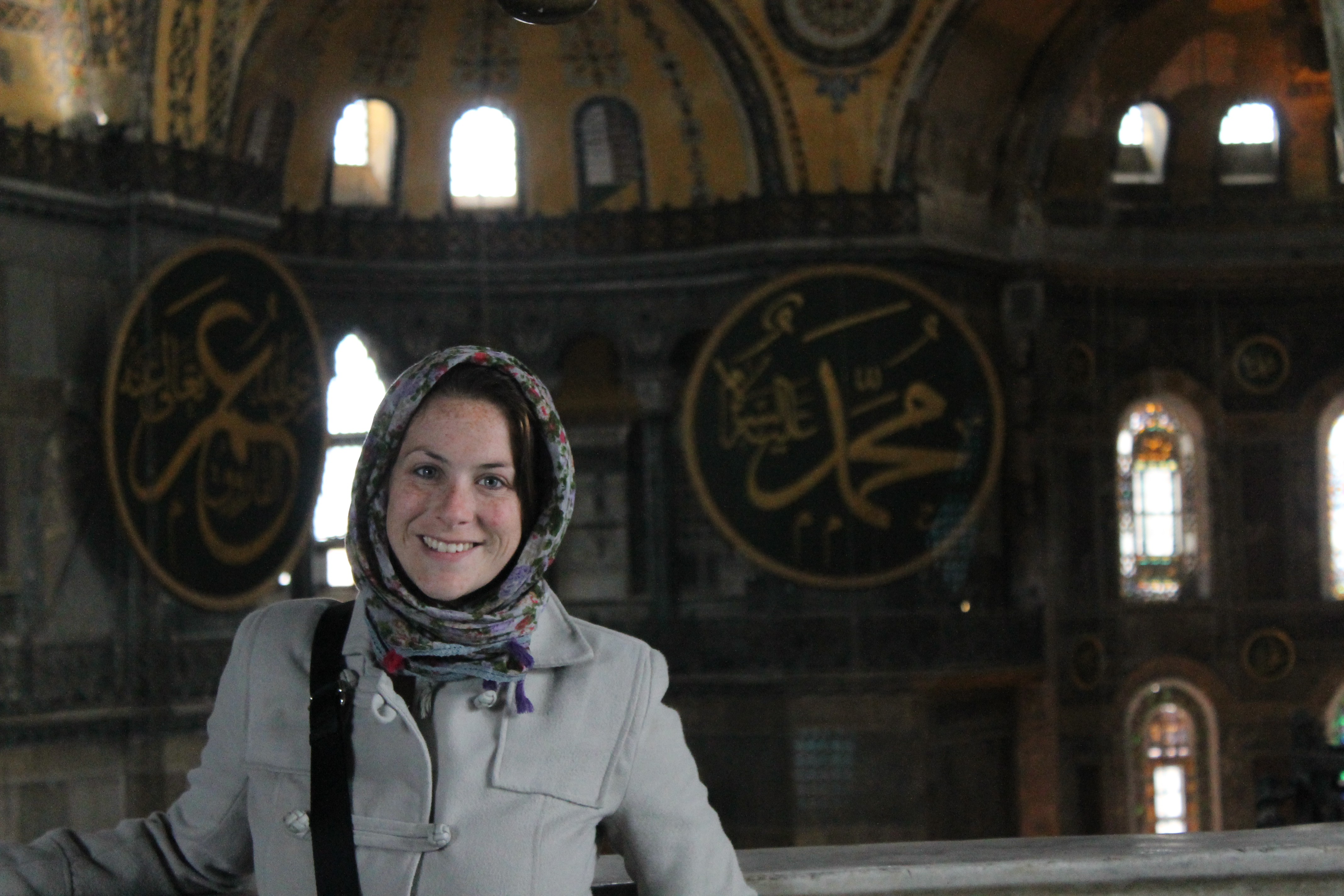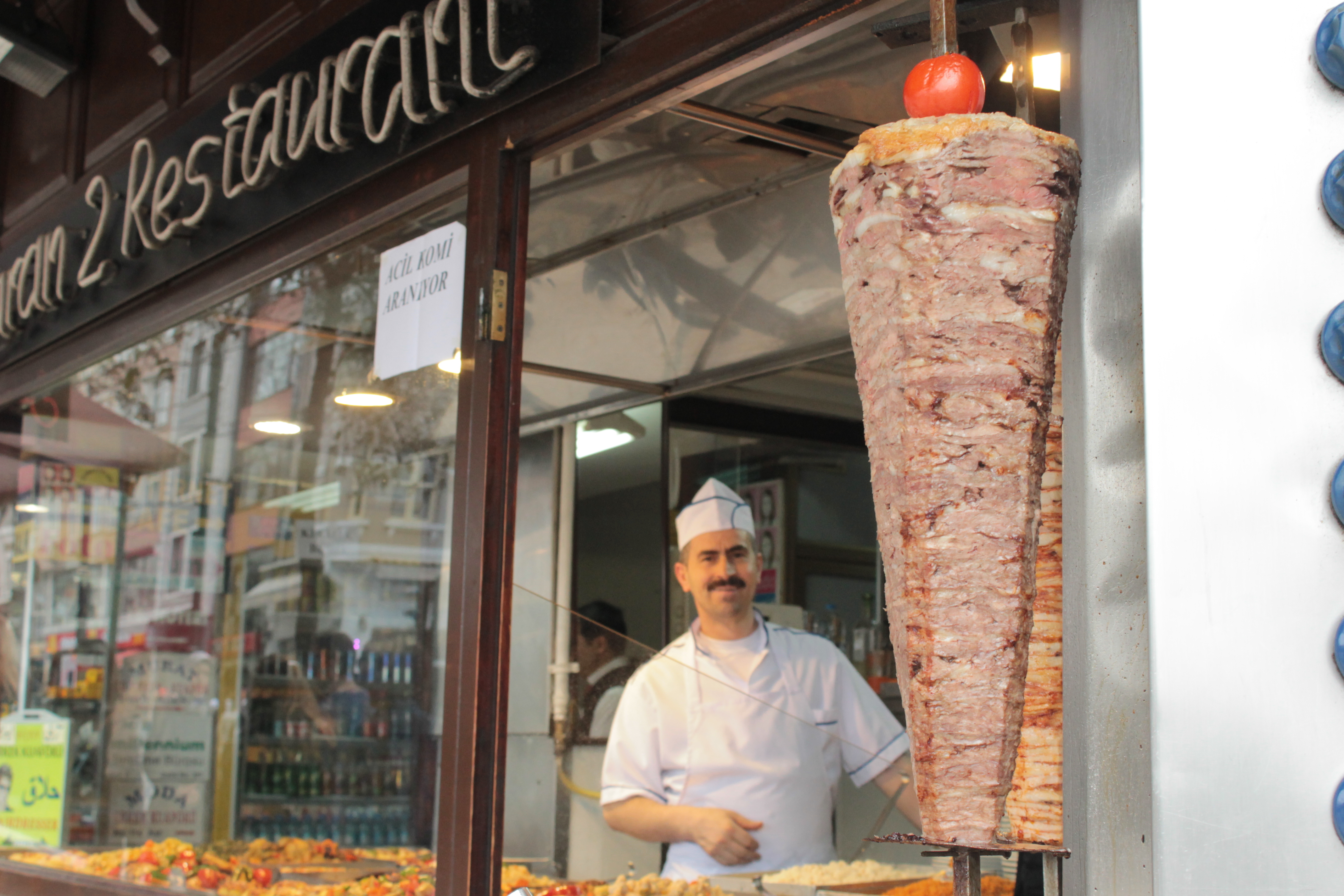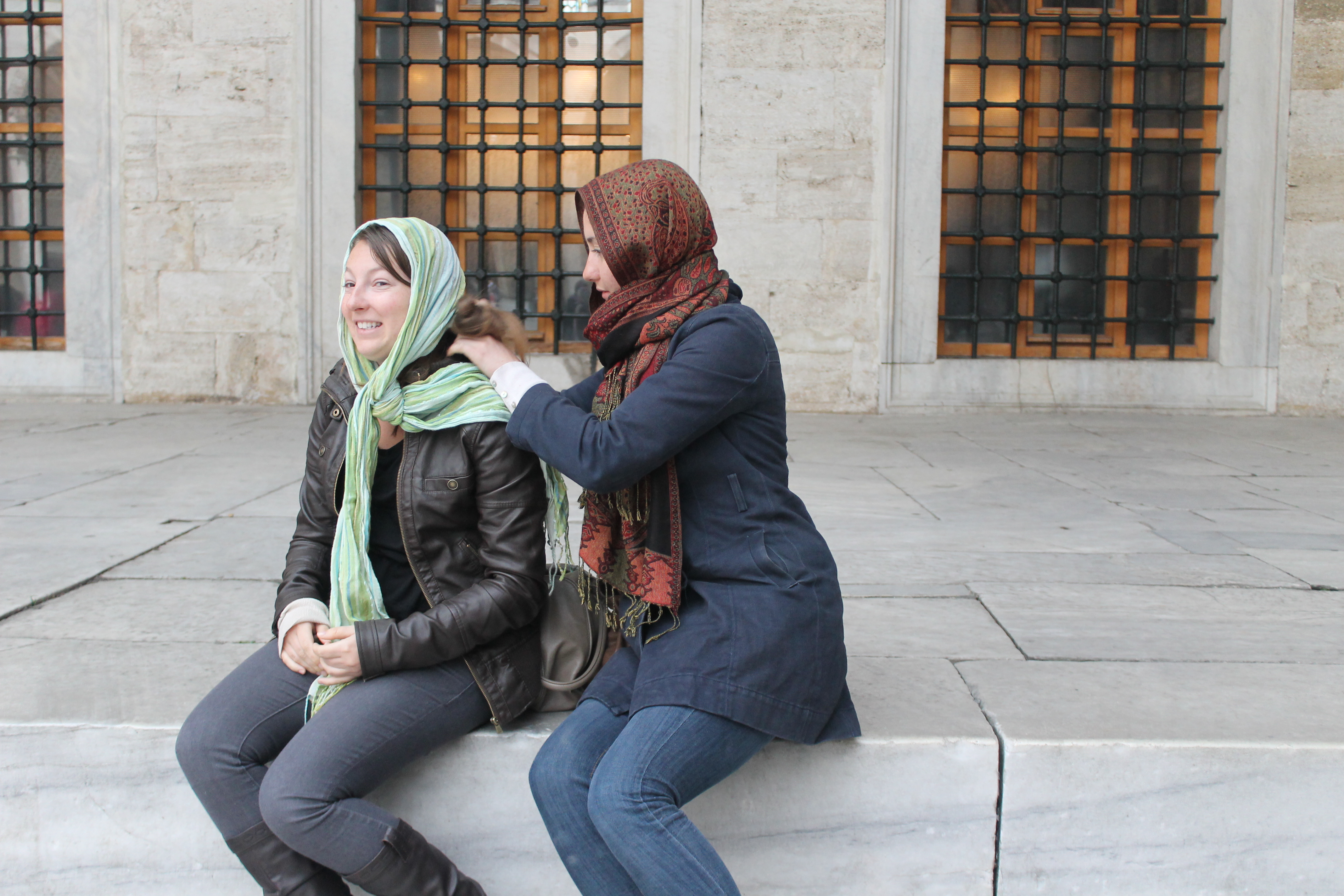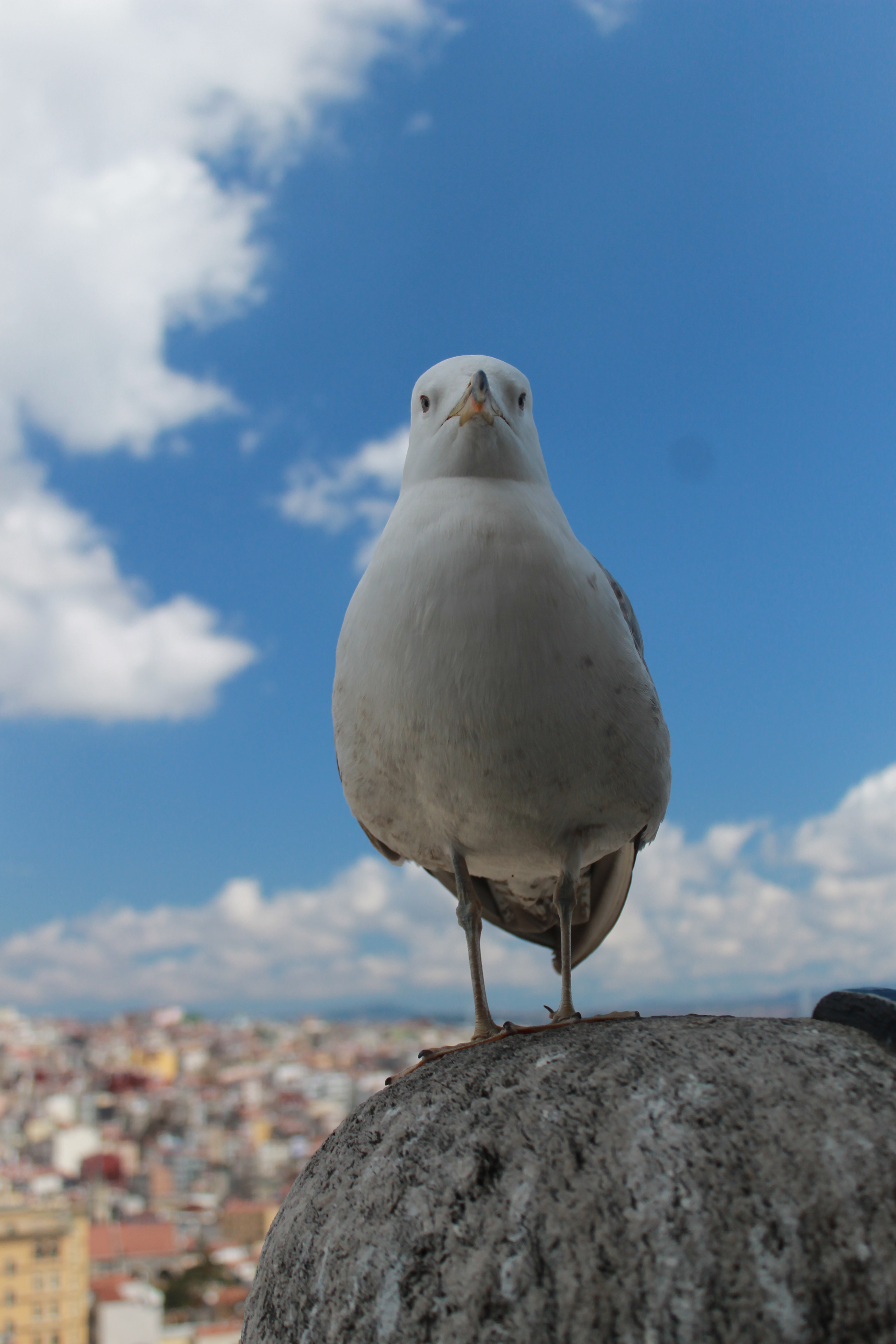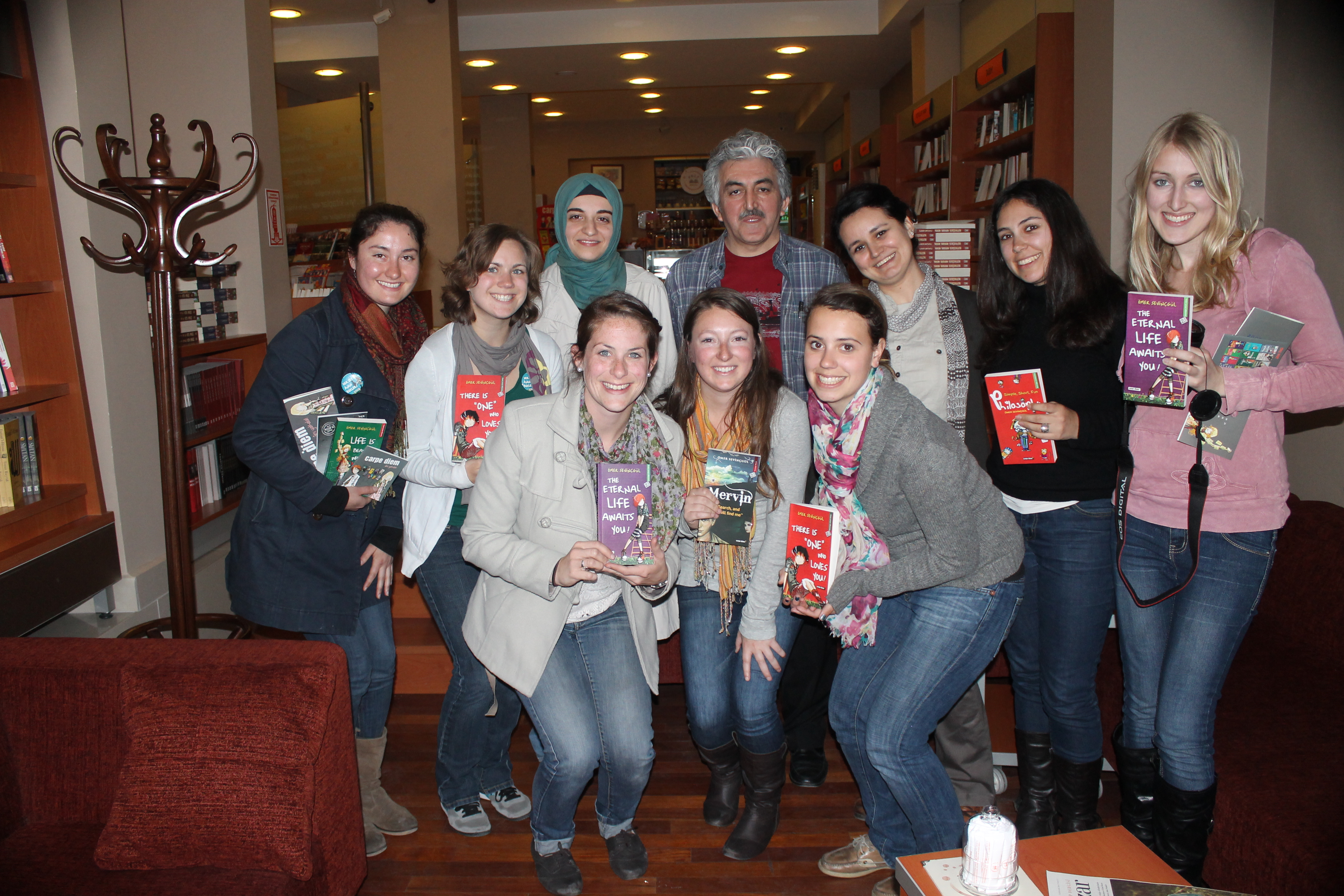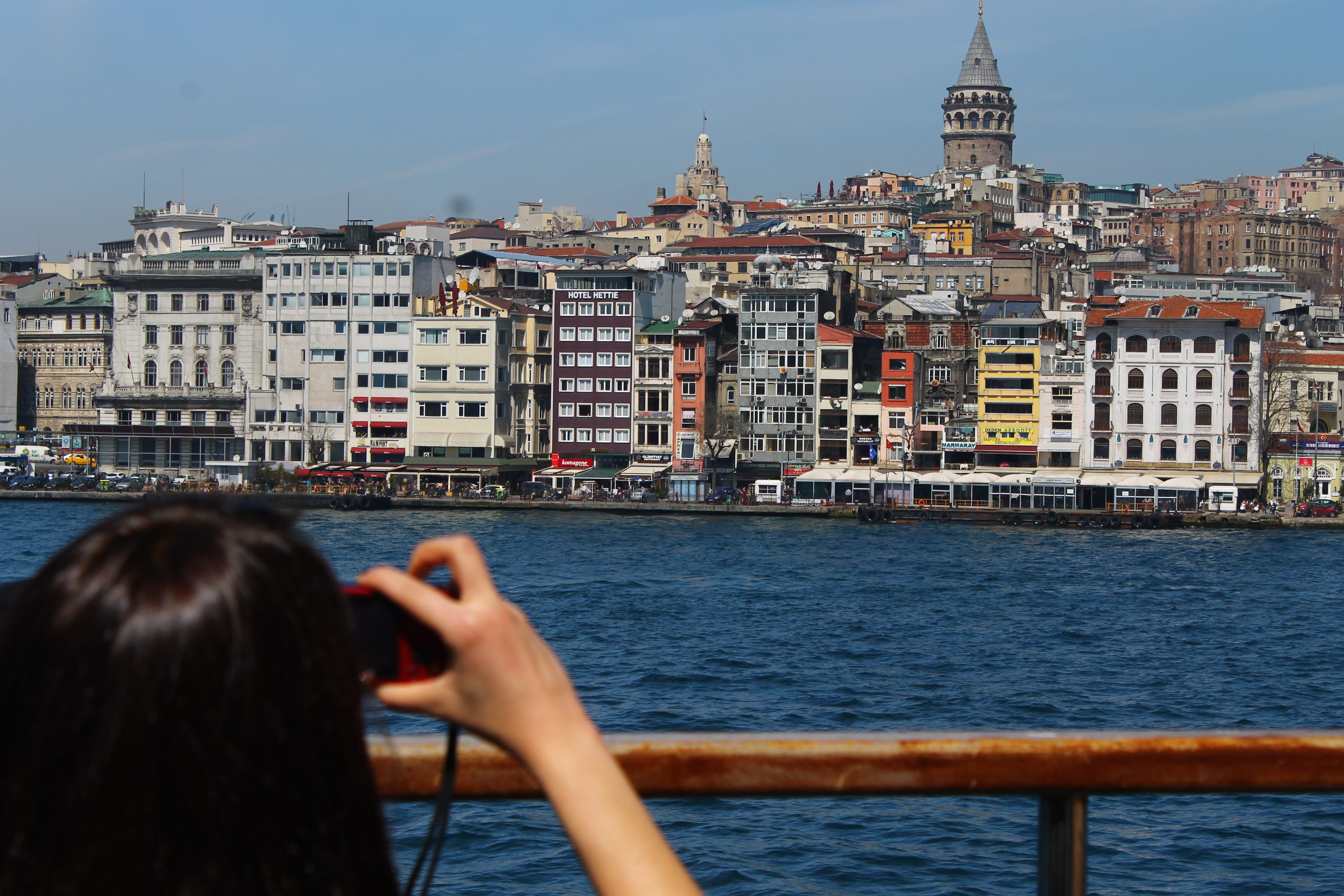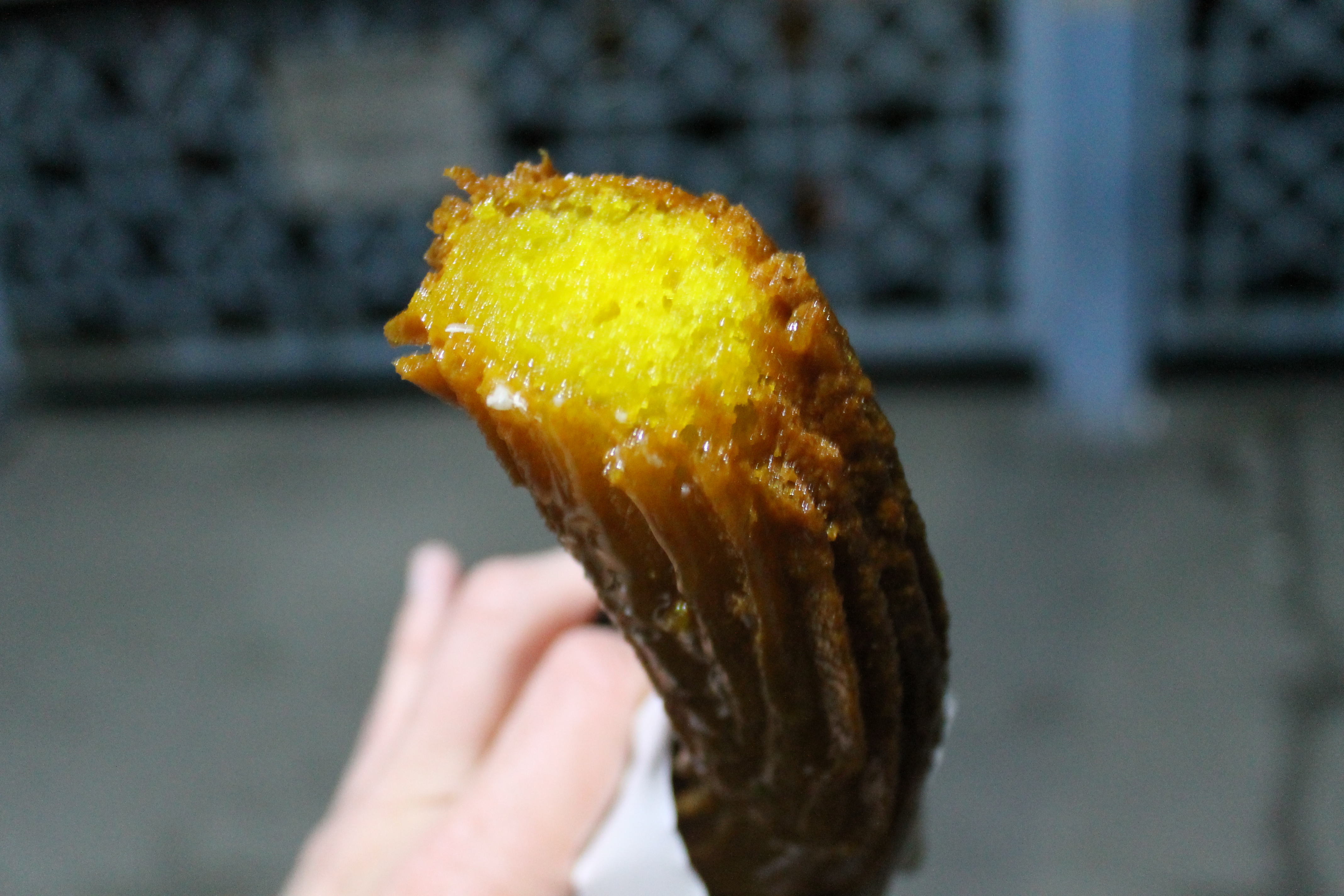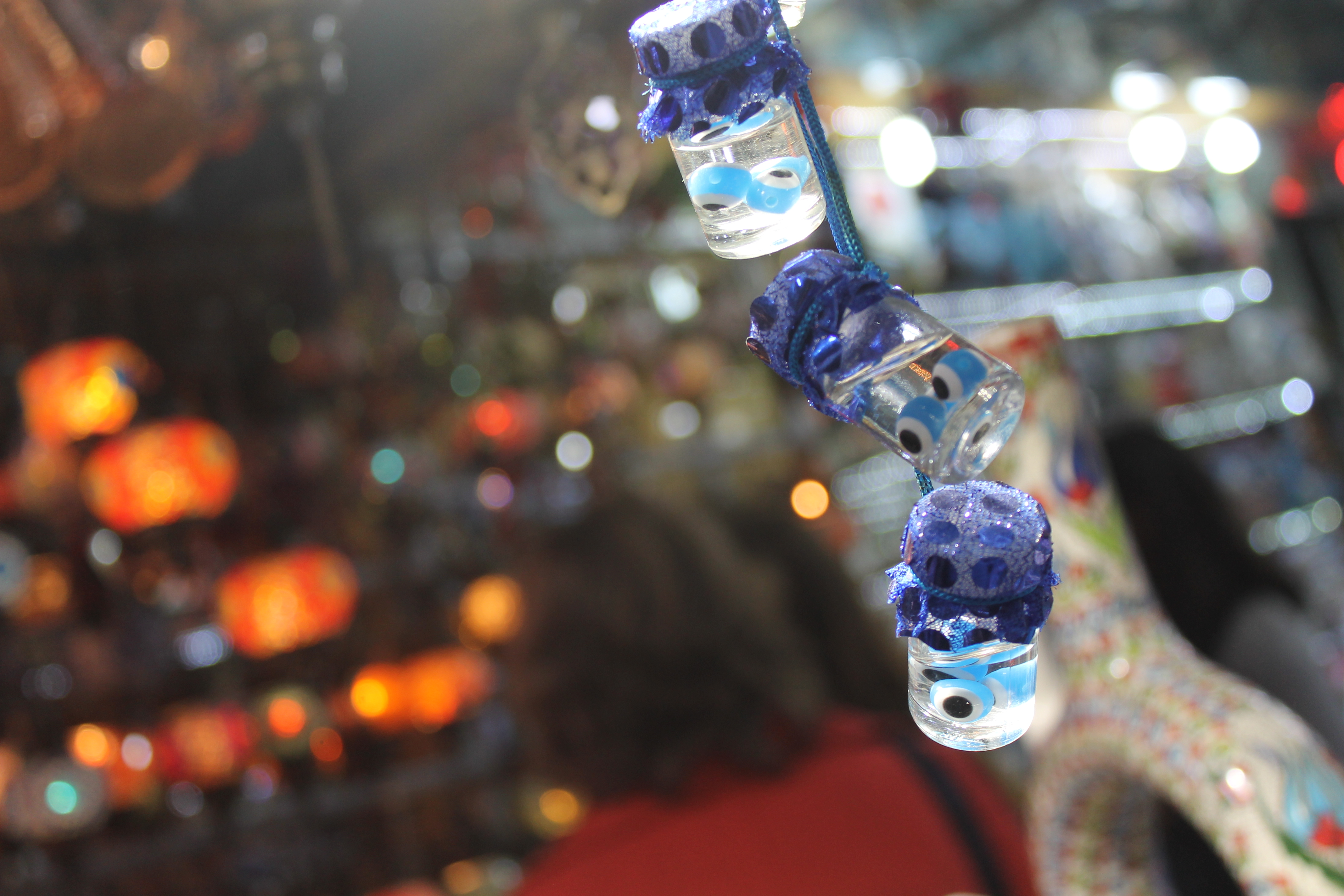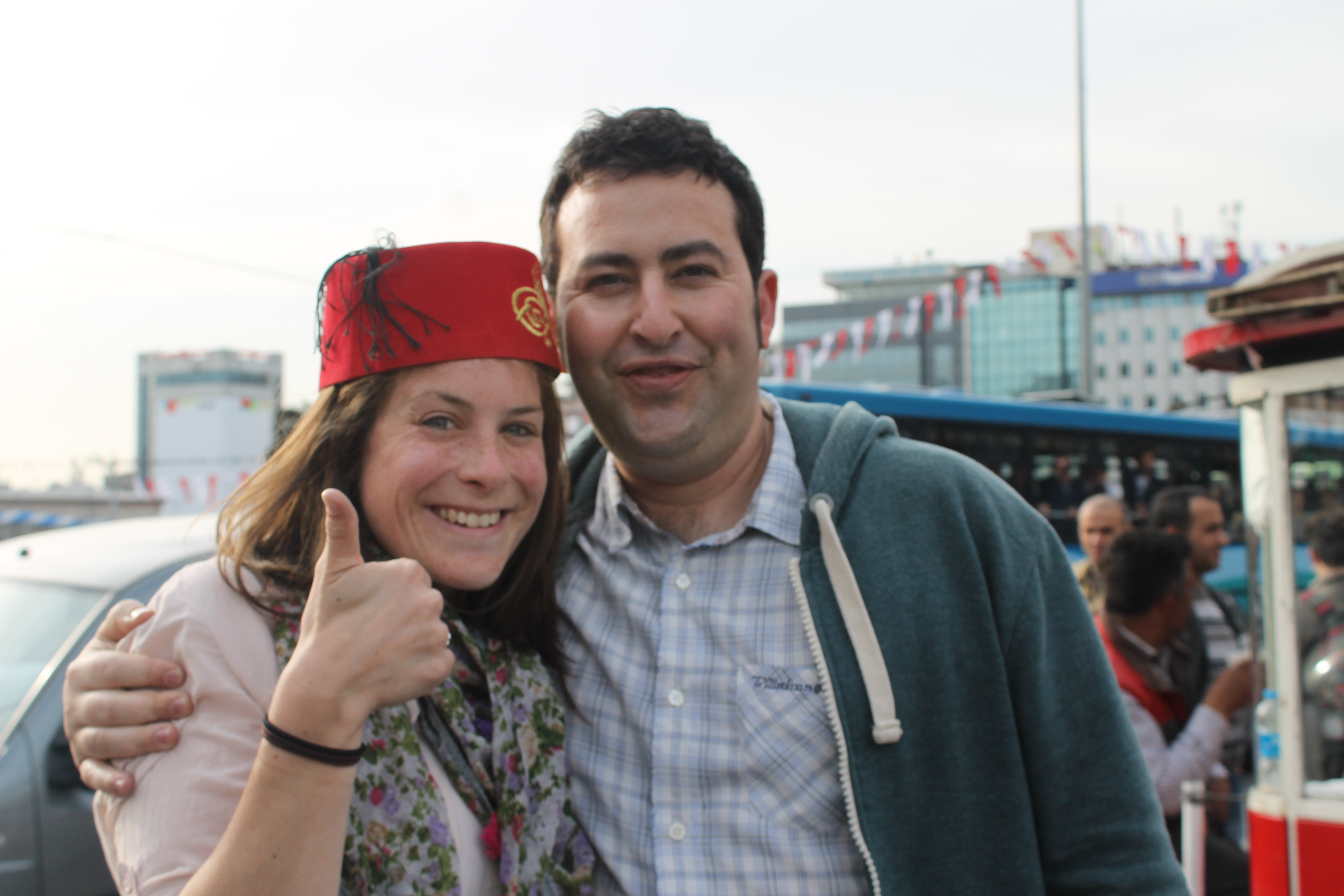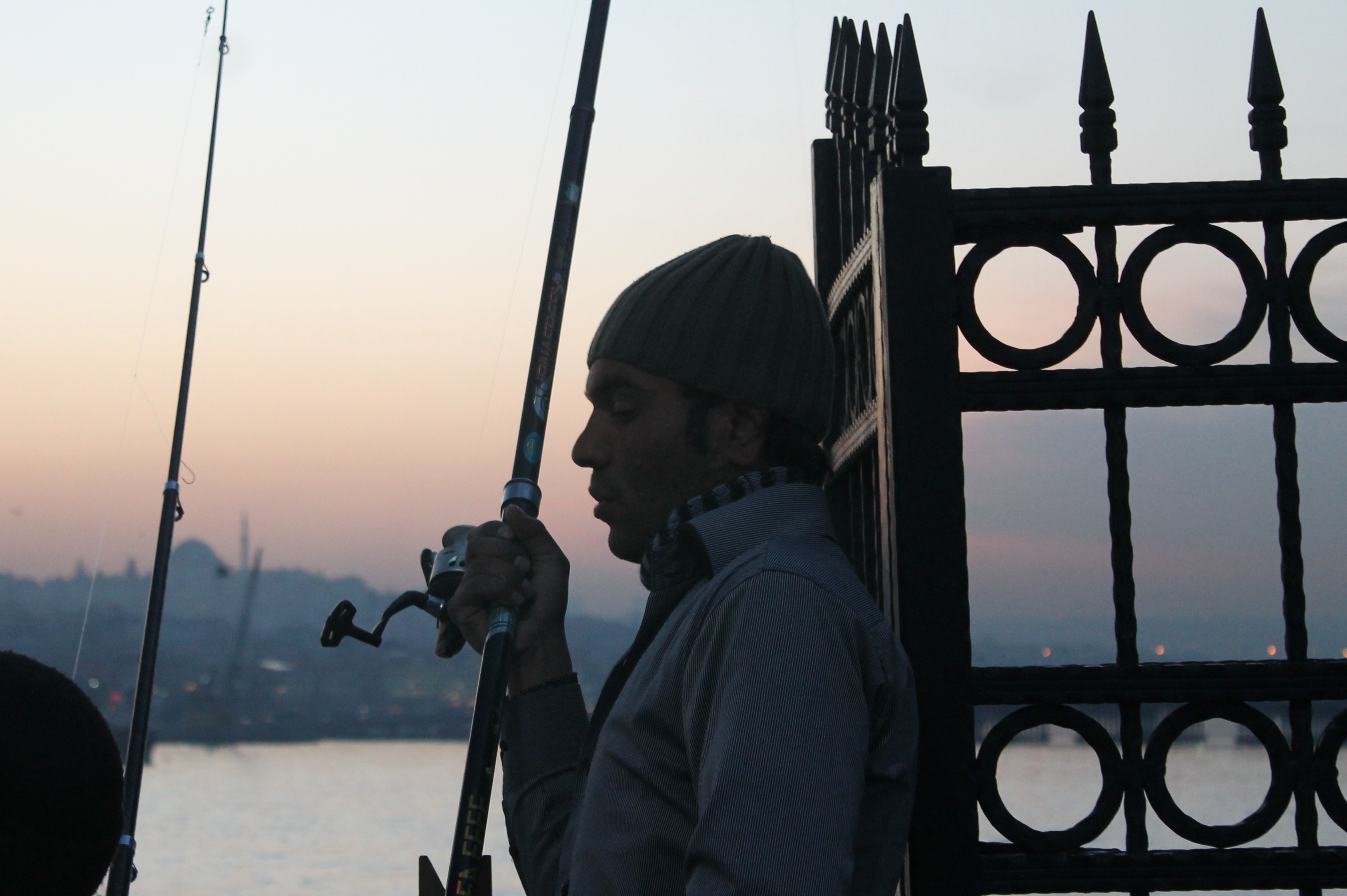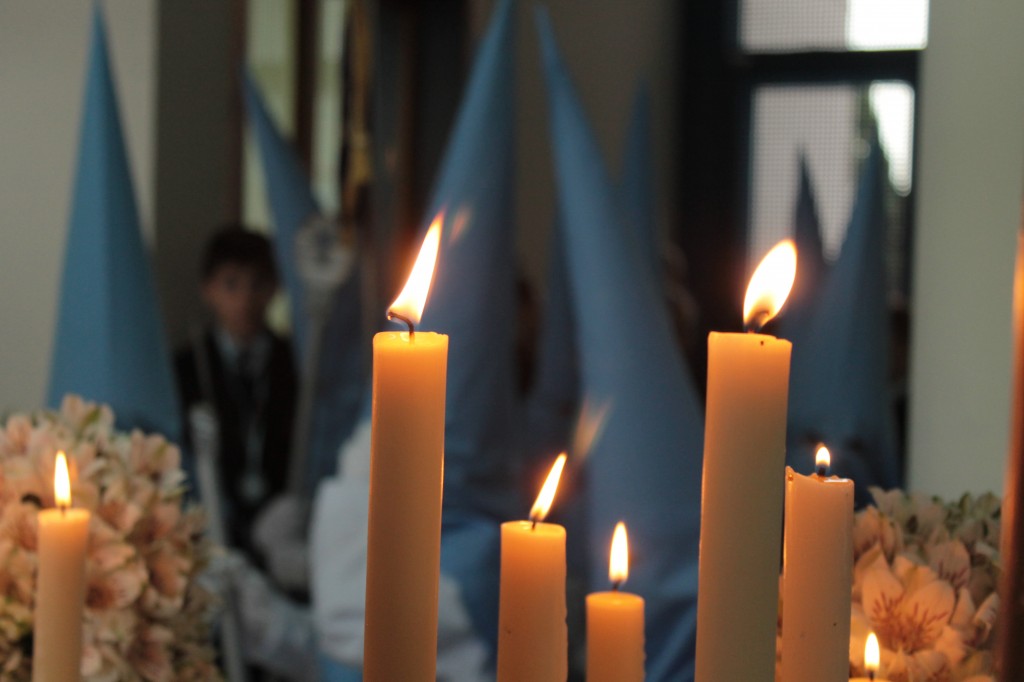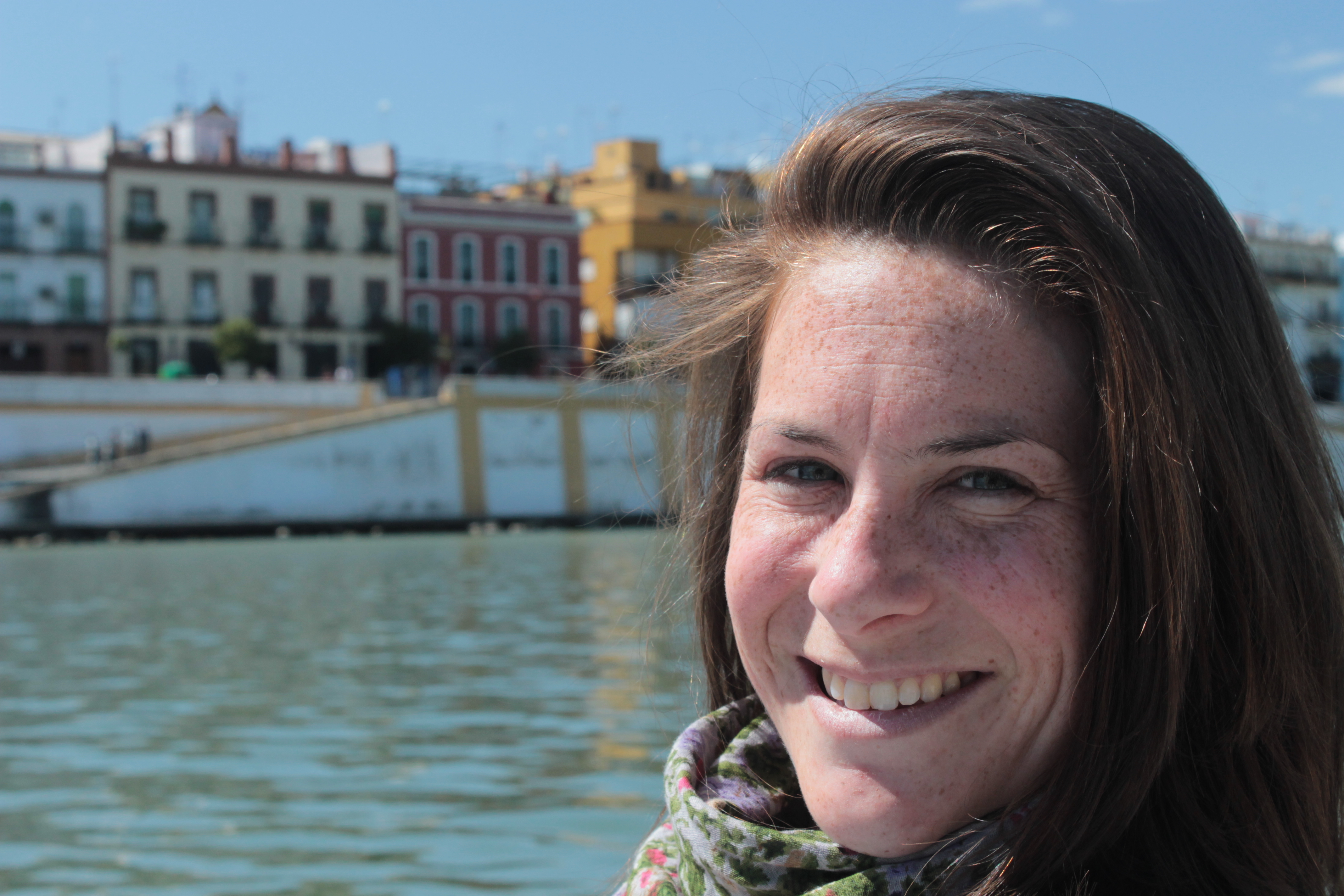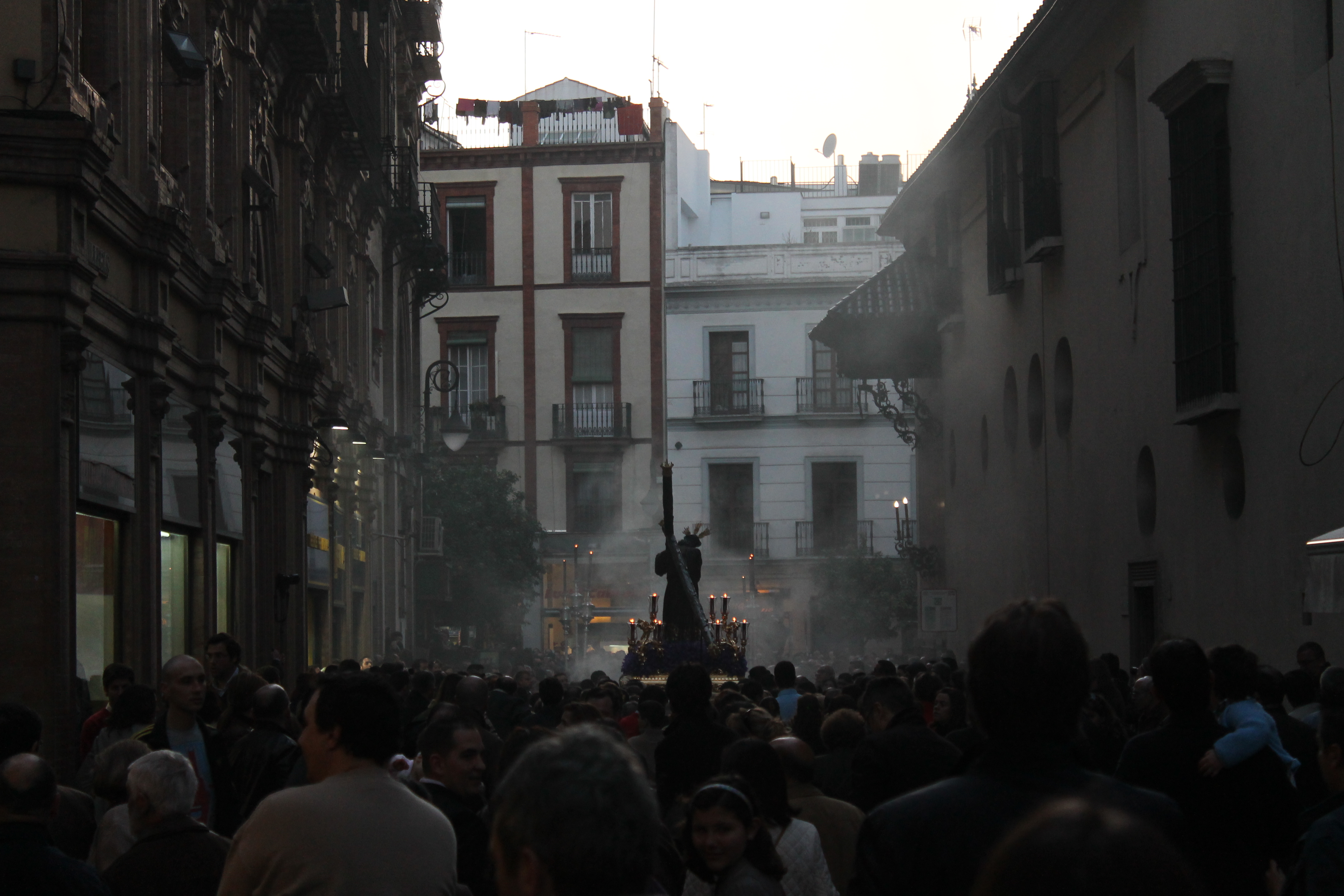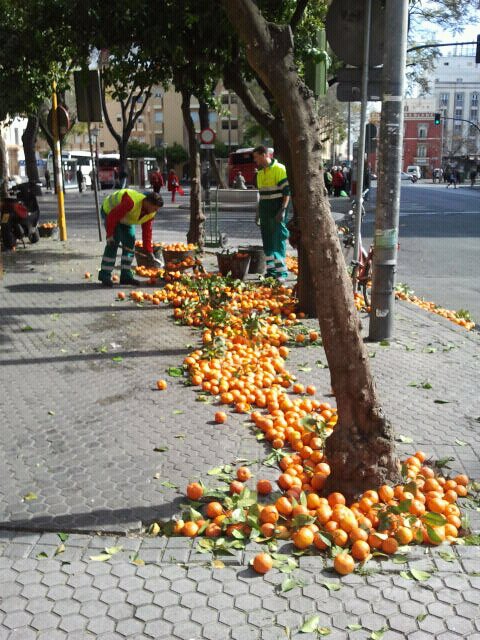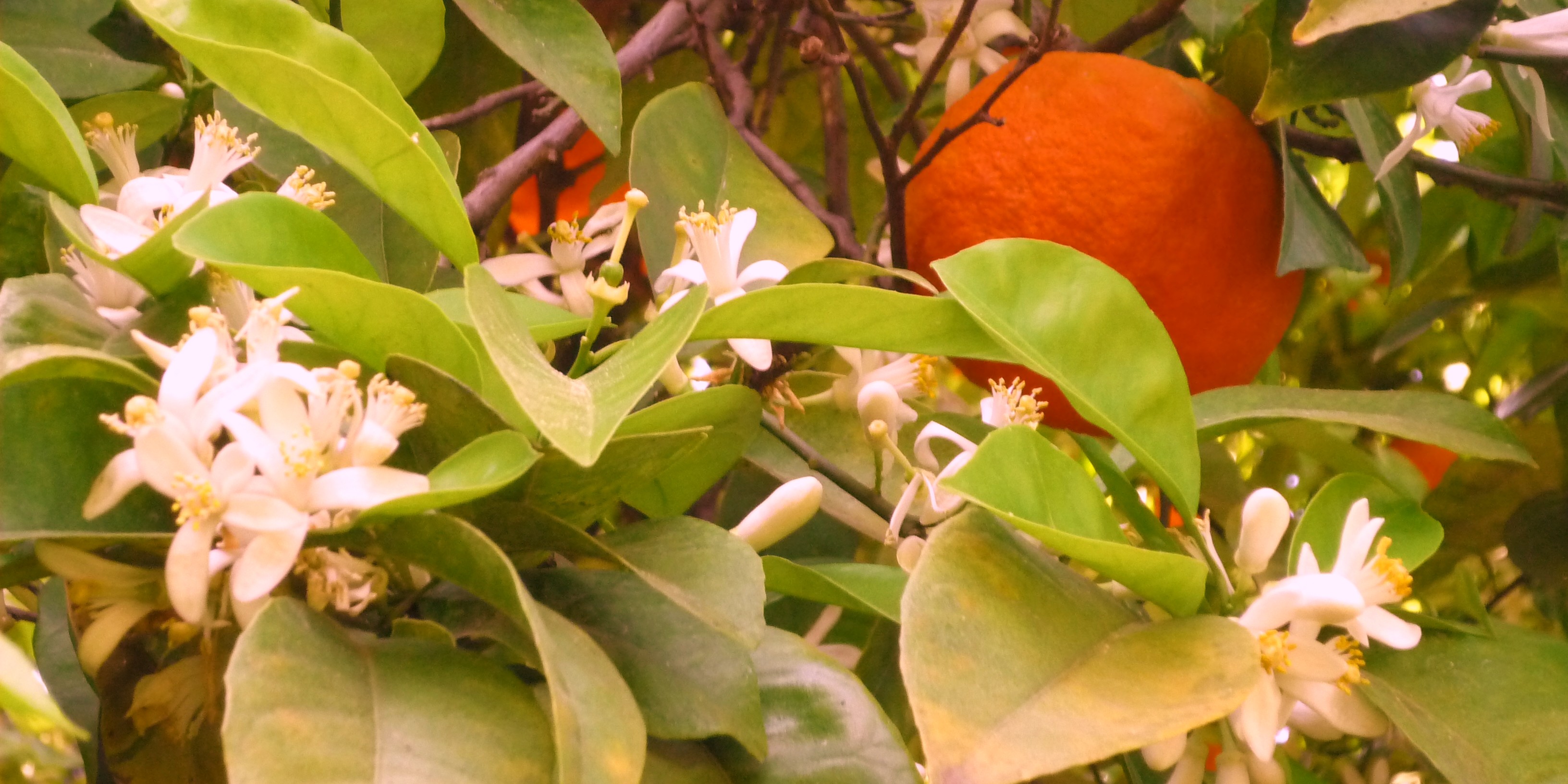While I’m off dancing my brains out at the Feria de Sevilla, the most wonderful time of the (Sevillian) year, here’s something to make your mouth water and to tide you over till Camarón and I return later in the week.
It’s no secret that my stomach has just as much fun traveling as I do. Traditional plates are something I spend my big bucks on, preferring to take public transportation or walk than skip eating something typical. Turkey was a treat for my eyes and ears, as well as my tummy, and we stopped as often to try food as we did to take pictures of the gorgeous, old as dirt city after buying our airline tickets. Sometimes our bellies smiled, sometimes they weren’t so satisfied, but here’s a rundown of Turkish food for beginners.
Kebabs
I couldn’t wait to get what was seemingly Turkey’s national dish in my tummy. Every street had a token kebab stand, meat swirling before our very (large) eyes in front of a heater. We tried to hold out, we really did, but caved the very first day. A friendly man at a kebab shop near a touristy area of the city carve us hunks of seasoned chicken and offered us a good price. While there was no sauce (I’m a condiments type of person, much to all Spaniards’ dismay), the chicken was practically roitesserie and the vegetables crisp. Kebab shops are scattered around the city and are cheap, quick and really really good. #glutton
Price: 1,50 – 3,00€ for chicken, slightly more for beef
Simit
As our hostel owner, nicknamed Beanie, made us coffee one morning, he pulled out a round loaf of bread with seeds and said, “The Breakfast of Turkish champions.” I don’t know what shocked me more – that there was a Turkish cousin to the bagel, or that Beanie actually knew some English.
Street food carts are all over the city, from hole-in-the-wall places in the old town to small glass pastry shops on wheels on the Galata bridge. We had corn on the cob, churro-like pistachio sweets, nuts and simit served up hot and when we needed it, which makes a great break while touring (or waiting in line at the Haya Sofia). Simit was by far my favorite, a poppy-seeded luxury from back home, piping hot and easily eating. I couldn’t wait to eat the stupid ring of dough.
Price: = 0,50€
Meze
Meze is to Ottoman cuisine what tapas are to Spanish cuisine. Small dishes meant to be shared, meze can be of any scale, from savory to sweet, varied to simple. We tried a spread, which is typical to share before the main course of a meal, while watching Agamemnon’s dancers in his palace that included humus, babaganoush, vegetables and a potato salad, but a quick wikipedia search will show you that the variety depends on location and scale of the dinner.
Price – from 5€ and up
Çorba
My favorite Spanish dish is lentejas, so I squealed with delight when I read in Allie’s guide book that Turks love their lentils, too. I was dying to try çorba, a red lentil soup. At a little backstreet self-service right near our hostel, we found a big vat on a chilly night, and the bowl and bread cost us 0,75€! Stretching back to the Ottoman times, this dish has been well-copied, but we got homemade deliciousness by form of lentils, onions, paprika, potato and vegetable stock.
Price: 0,75€ – 2,00€ per bowl, often with bread.
Sweets
My body in Spain follows a well-worn eating habit, which includes a coffee sometime in the 90 minutes after I have lunch (the exception being Friday nap time). In Turkey, those bitter little coffees were often washed down with sweets, either Turkish Delight of baklava.
I grew up across the street from a Greek family, so the gooey nothin’-but-butter-and-sugah pastries have always been one of my favorites. Every coffee came accompanied by a round of baklava for us seven to split – flaky pastries layered with honey and butter, pralines and pistachio. Being a pistachio fiend, I really loved the ones flavored by the nut (which even took its green coloring!) and the round rounds that resembled tiny nests with candied pistachio eggs inside. We stumbled upon Saray Baklava, just off the beaten track. The owner serves up about a dozen varieties, but weighs the goodies instead of just giving you three for 9,50€. You’ll find it just opposite the entrance to the Basilica Cisterns, in front of a shop called Finito de Córdoba. who would have thought!?
Price: 20 – 60€ / kilo
Having loved the Narnia books as a kid, I couldn’t skip the Ice Queen’s favorite treat – Turkish delight. Kinda nougaty, kinda starchy lokum, as it’s called in Turkish, the varieties are endless. Rose, lemon, mint, pistachio and walnut seemed to be in abundance, and there were stands and stores hocking the sweet around the main tourist drag, Istiklalal. I personally prefered baklava, but picked up a few boxes of Turkish Delight for my boss and hosts in Zaragoza.
Price: 2€ for a 500g box, much more from the shops.
Of course, there’s more – kafta, humus (not so propio, but easy to find), fresh fruit drinks, shepherd’s (spicy) salad, eggplant, raki – but a girl’s only got so much room in her stomach!
Any other memorable food travels? Have you ever done a gastronomic trip?
